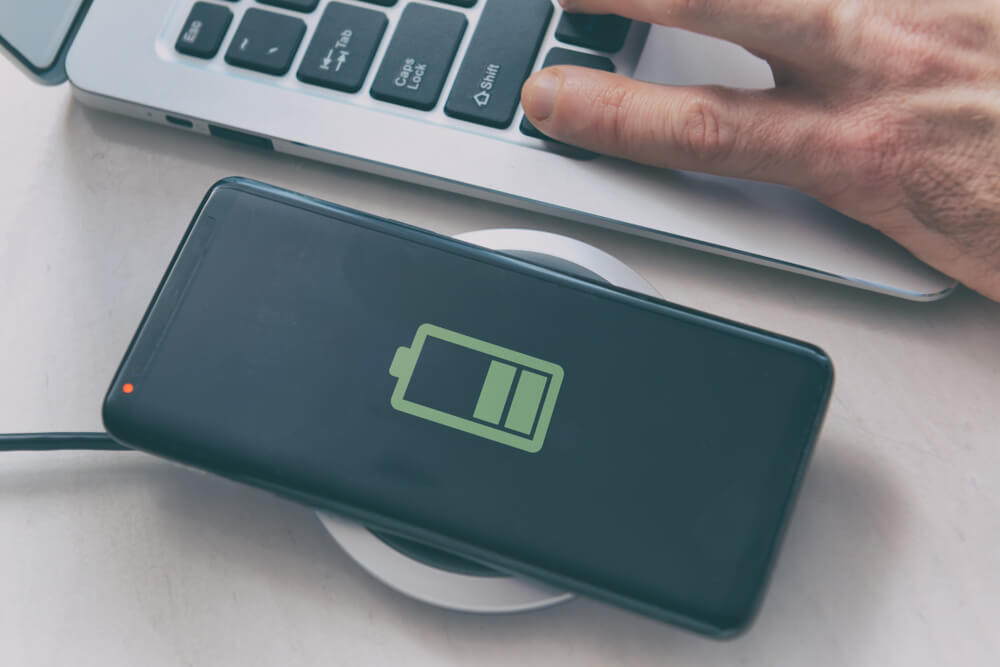In recent years, induction charging technology has gained prominence as a convenient, wireless alternative for charging electronic devices such as smartphones, smartwatches and headphones. This technology eliminates the need for cables and connectors, offering a simpler and more practical approach to recharging batteries. In this article, we will explore the advantages and disadvantages of induction chargers, examining their impact on everyday life and the electronics industry.

Advantages of Induction Chargers:
1. Convenience and Ease of Use:
Induction chargers eliminate the need to physically connect a device to a cable. Simply place the device compatible with induction charging technology on top of the charging base and charging begins automatically. This makes the charging process faster and simpler as users don't have to worry about repeatedly connecting and disconnecting cables.
2. Durability and Longevity:
The absence of physical connectors reduces the wear and tear that occurs with frequent use of conventional charging cables. This can increase the lifespan of both devices and chargers, minimizing the need for frequent replacement of damaged cables and connectors.
3. Fewer Cables and Mess:
The use of induction chargers helps to reduce the number of cables and wires lying around in work spaces and residential areas. This contributes to a more organized and aesthetically pleasing environment by eliminating the need for multiple charging cables.
4. Universal Charging Standards:
Many devices are adopting induction charging standards such as Qi, which is widely accepted in the industry. This means that a single induction charger can be used to recharge multiple devices from different manufacturers, increasing interoperability and convenience for users.
Disadvantages of Induction Chargers:
1. Charging Efficiency:
Compared to traditional wired charging methods, induction chargers can be less efficient in terms of energy transfer. Some energy is dissipated as heat during the induction charging process, which may result in slower charging rates compared to high-power wired chargers.
2. Precise Positioning:
To ensure effective charging, the device must be placed in a specific position relative to the charging base. Improper positioning can result in less efficient energy transfer or even charging failure. This can be frustrating for users who want a hassle-free charging experience.
3. Higher Cost:
Induction chargers are often more expensive than conventional wired chargers. In addition to the cost of the charger itself, devices compatible with this technology may also have a slightly higher price due to the inclusion of the components necessary for induction charging.
4. Distance and Usage Limitations:
Inductive power transfer is limited in terms of distance between the device and the charging base. This means that the device needs to be in close physical contact with the charger for the charging process to take place. Additionally, certain accessories, such as thicker protective covers, may interfere with the effectiveness of induction charging.
Conclusion:
Induction chargers represent a significant evolution in the way we charge our electronic devices. Its convenience and ease of use are undeniable, contributing to a more streamlined and organized charging experience. However, it is important to consider efficiency, positioning and cost limitations when opting for this technology. As the electronics industry continues to invest in research and development, it is possible that many of the current disadvantages will be mitigated, making induction chargers even more attractive and efficient in the future.